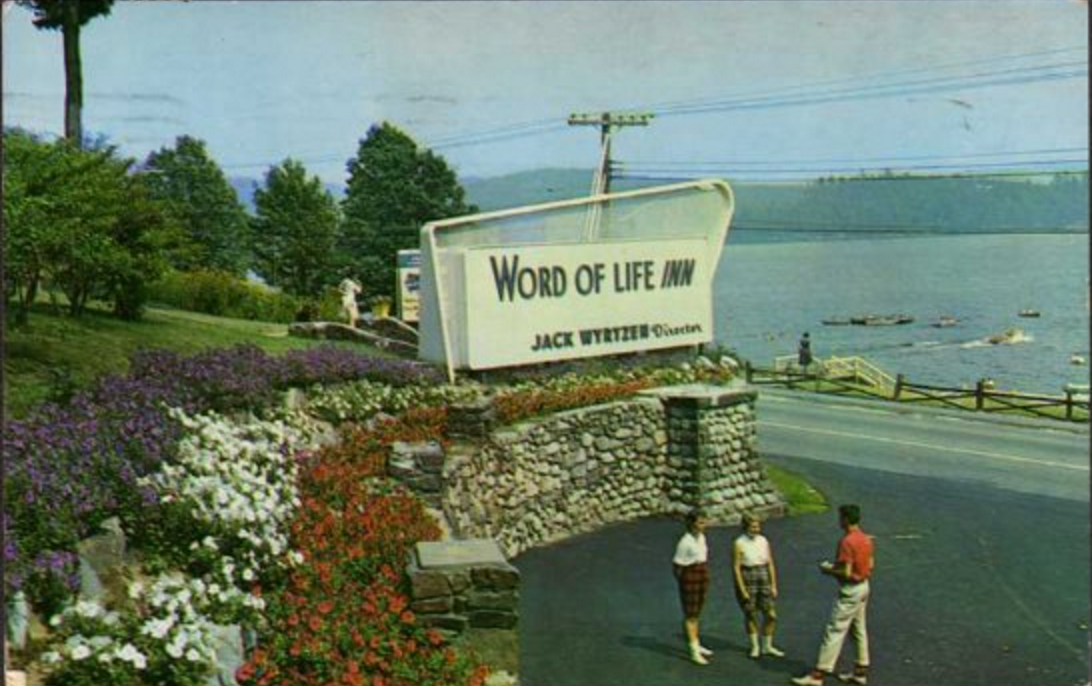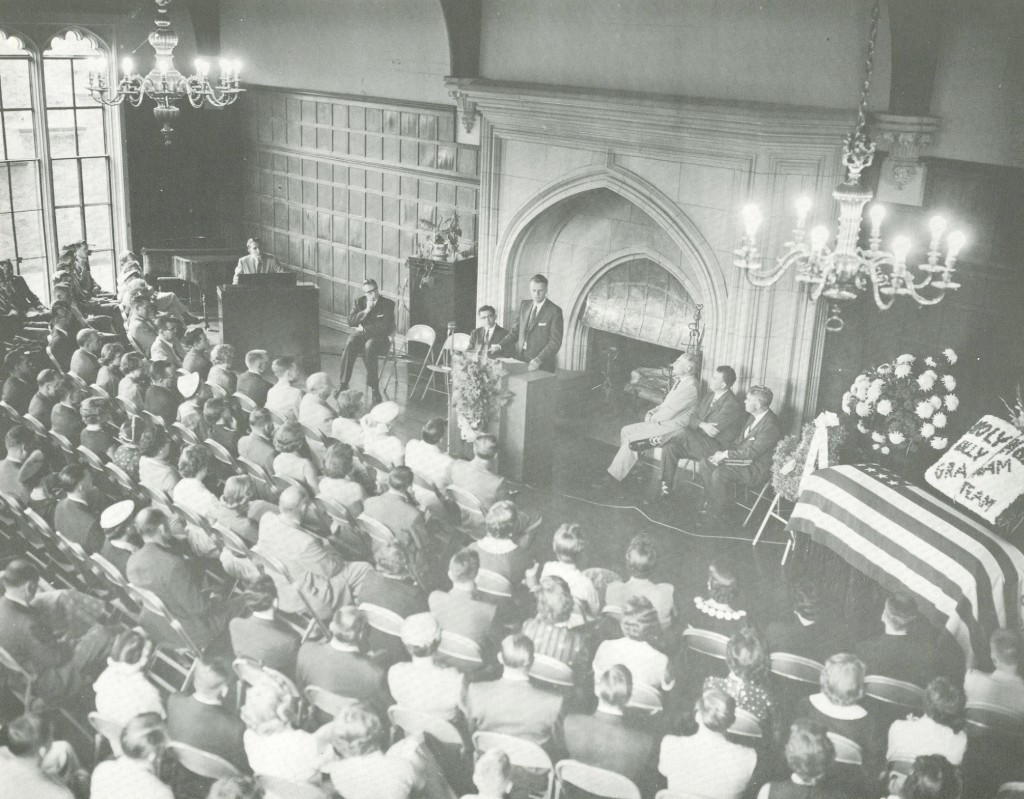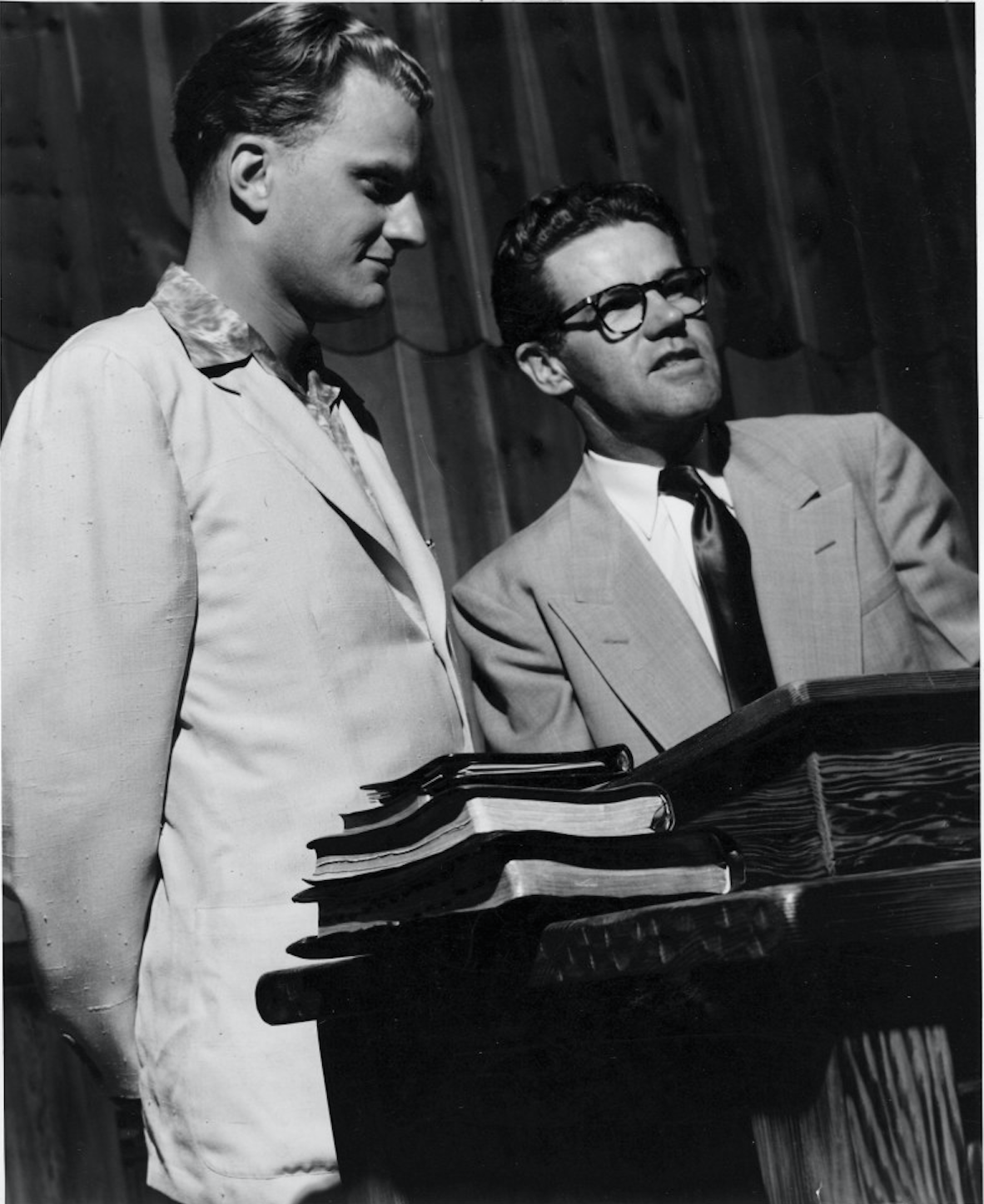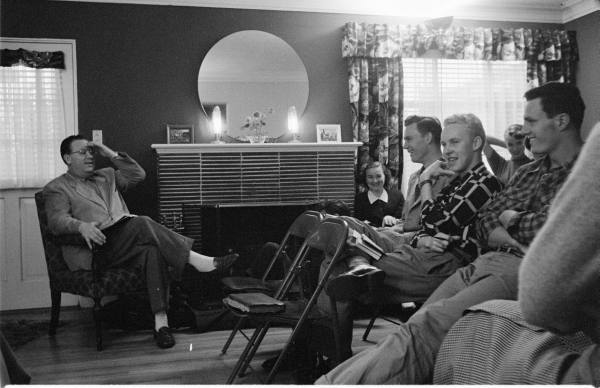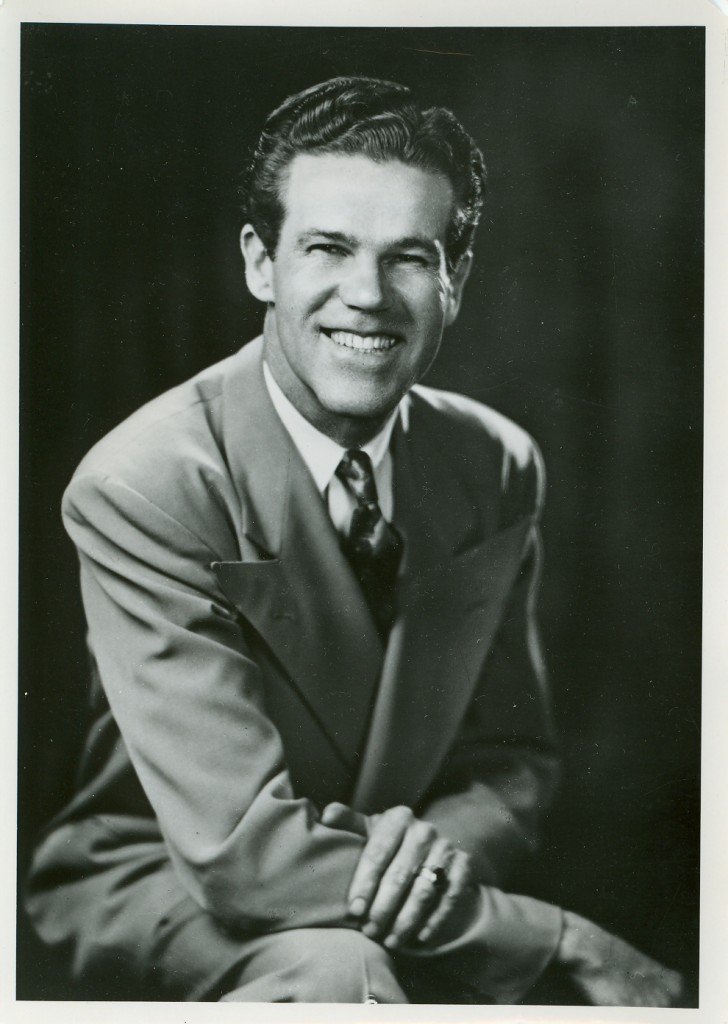
The following is a conversation with Doug Hankins, a co-editor of Dawson Trotman: In His Own Words (NavPress, 2011). Hankins’s dissertation, “Dawson Trotman, the Navigators, and the Origins of Disciple Making in American Evangelicalism, 1926–1956,” was supervised by Doug Sweeney at Trinity Evangelical Divinity School.
Let’s start at the end—with Dawson Trotman’s death—since we are talking about an event that occurred on June 18, 1956, 60 years ago today. How old was he at the time? Was he married? Kids? What was he doing at Schroon Lake? How did he die?
Dawson was 50. He was married with five children, high-school-aged or younger. He was at Schroon Lake, New York, speaking at a camp hosted by Jack Wyrtzen and Word of Life ministries.
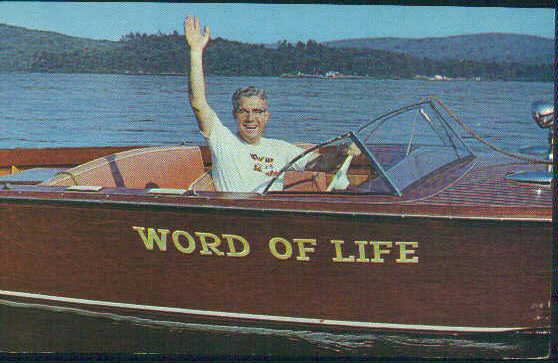
One afternoon while riding a boat with Jack and a few campers, they hit some choppy water. Dawson and a female camper fell off the boat. Daws held her up to keep from drowning and died in the process. Billy Graham spoke at Daws’ funeral and said of his last act of heroism, “Daws died the same way he lived—holding others up.” What a great line.
Okay, so let’s go back to the beginning. When and where was Daws born? Was he in a Christian family? How did he come to a saving knowledge of Christ?
Daws was born in Bisbee, Arizona, in 1906 (the same year as Dietrich Bonhoeffer) and did not grow up in a Christian family. His family was Presbyterian by tradition, but not practicing. He occasionally went to a Sunday school class during elementary, middle, and high school after his family moved to Lomita, California, in the 1910s. His science teacher in the public school also “happened” to teach a young people’s class at the local Presbyterian church.
By the time he turned 20 he was a fairly pagan guy. He was bootlegging liquor down from San Francisco during prohibition, he was stealing stuff with regularity, and he was something of a pool shark in the local bars. But after getting caught drinking by local law enforcement officers, he said a quick “save me” prayer and committed to attending church again.
He went to the local young people’s (Christian Endeavor) meeting where they had a Scripture memory contest. He was a smart kid and wanted to impress the pretty girls so he ended up memorizing the 10 verses and coming back the following week to recite the verses with perfection.
While working on memorizing the next week’s verses, he suddenly realized the logic of the gospel. He was on his way to work at a local lumber yard and as he recalled John 5:24 in the King James Version: “Verily, verily, I say unto you, he that heareth My Word, and believeth on Him that sent Me, hath everlasting life . . .” Trotman asked himself the honest question: Do I have everlasting life? He prayed to Jesus to give him this life on the sidewalk. Soon after he shared his conversion experience with a Christian co-worker who encouraged him to share this testimony with all of his co-workers at lunch the following day. That began Trotman’s speaking ministry.
How did he go from being a new convert to being known as the founder of Navigators with an emphasis on scripture memory and personal discipleship?
The only church that Trotman knew was Lomita Community Presbyterian Church, so he began attending the Christian Endeavor meetings with regularity. Learning Scripture through memorization was how he came to understand the outline of the Bible. His leaders, Miss Mills and Miss Thomas, were the first Christians to pour into his life. They soon encouraged him to begin taking classes at the Bible Institute of Los Angeles (now Biola University) and the Los Angeles Baptist Theological Seminary (now Northwest Theological Seminary).
At these institutions Trotman began to flex his spiritual muscles in the areas of preaching, evangelism, and disciple making. He also came into contact with professors and students who could encourage him in his giftedness. While he enjoyed the classroom environment and the learning (he was a good student) he felt unsettled by the momentum of the implication that the Bible should ultimately result in changed life through Jesus Christ. He thought the academy could potentially lead to feet dragging with respect to Matthew 28:18-20. So he ultimately left both institutions to practice what the Bible said to do—make disciples. Trotman coined a phrase that would come to define his ministry and his organization: Emotion is no substitute for action. But action is no substitute for production. Trotman saw too much education as something that, if handled incorrectly, could lure Christians towards more emotion about the Great Commission instead of leading to more productivity.
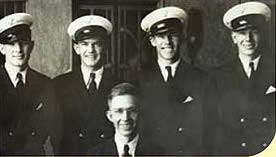 Trotman was working as an attendant at a service station by the end of the 1920s as it offered him both a job and an apartment in the back of the station. One of his classmates from the Bible Institute was friends with a sailor named Les Spencer. Les had heard that Trotman was the kind of guy who could help him become a producer for Christ, or as they said in that time, “A real soul winner.” Trotman began to meet with Les in a one-on-one manner and trained him to share his testimony, memorize and quote Scripture, do the work of apologetics and evangelism, and lead Bible studies. Spencer would go on leave for six-week shifts, and Trotman saw this opportunity to mentor Spencer as a way to create floating seminaries on board the Navy ships. Spencer left for his first six-week trip and came back with a dozen new converts. The new converts would stay with Trotman in his apartment and learn how to do the same.
Trotman was working as an attendant at a service station by the end of the 1920s as it offered him both a job and an apartment in the back of the station. One of his classmates from the Bible Institute was friends with a sailor named Les Spencer. Les had heard that Trotman was the kind of guy who could help him become a producer for Christ, or as they said in that time, “A real soul winner.” Trotman began to meet with Les in a one-on-one manner and trained him to share his testimony, memorize and quote Scripture, do the work of apologetics and evangelism, and lead Bible studies. Spencer would go on leave for six-week shifts, and Trotman saw this opportunity to mentor Spencer as a way to create floating seminaries on board the Navy ships. Spencer left for his first six-week trip and came back with a dozen new converts. The new converts would stay with Trotman in his apartment and learn how to do the same.
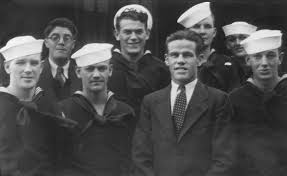 During the next six-week stint those sailors each went aboard their ships and returned with a couple dozen more converts. Within a year, Trotman had something like 50 sailors who lived with him while on leave and who were committed to the Great Commission, to Scripture memory, to sharing their testimony, to doing the work of apologetics and evangelism, and who were training to lead Bible studies.
During the next six-week stint those sailors each went aboard their ships and returned with a couple dozen more converts. Within a year, Trotman had something like 50 sailors who lived with him while on leave and who were committed to the Great Commission, to Scripture memory, to sharing their testimony, to doing the work of apologetics and evangelism, and who were training to lead Bible studies.
This model of ministry was the basis of the early days of Trotman’s career, and he would tend to think about it as “soul winning” ministry. The first name reflected this approach: “The Long Beach Serviceman’s Club Minute Men.” However, by 1928 Trotman had a hitchhiker experience that changed the name and the direction of his ministry. While driving the PCH one evening Trotman picked up a hitchhiker who was swearing and generally unpleasant. Trotman began to witness to him during the course of the ride, and the hitchhiker looked at him in a puzzled manner. They both came to realize that Trotman had picked up this man a year earlier and witnessed to him and led him to Christ. Then Daws dropped him off, quoted Philippians 1:6 and let him go—a baby in Christ.
In that latter moment, Trotman came to see a gaping hole in the common ministry approach of soul winning at that time. Lots of people were being converted, but there was no infrastructure or channel, or process of following up to ensure that new believers could grow in Christ. All of the training that was offered was geared towards getting people converted and not towards helping believers grow in Christ. Thus, the Navigators was born.
How did Daws come to meet and influence Bill Bright, the founder of Campus Crusade for Christ? Also, how did Daws come to meet and influence Billy Graham?
Trotman started the Navigators ministry in the late 1930s and dedicated his mission to what he called “follow up” ministry—that is, the Navigator key men and key women would be all about the task of ensuring that people were led to Christ and then appropriately trained and mentored through one-on-one relationships to grow up in Christ. By the mid 1940s, The Navigators were known in Southern California as the elite task force of Christian ministry. Because the vast majority of ministries were geared towards large group evangelism efforts, the Navs were the only group that could help large-scale evangelists process through all the decision cards that came after a revival, gathering, or event. Trotman developed an exhaustive and large-scale system of follow-up ministry that helped new converts come to understand the basics of following Jesus and know where to go to church to see this growth continue after a revival meeting.
Billy Graham hired the Navigators to do follow up work in 1948 at his Hollywood Bowl YFC meeting. It was a success. Afterward, Trotman pressed Graham, Torrey Johnson, and other key evangelical leaders to incorporate follow-up ministry into their revival preaching ministries. Graham took him up on this recommendation by recruiting The Navigators to create and manage the official follow up teams for the BGEA. Trotman finally accepted in 1951.
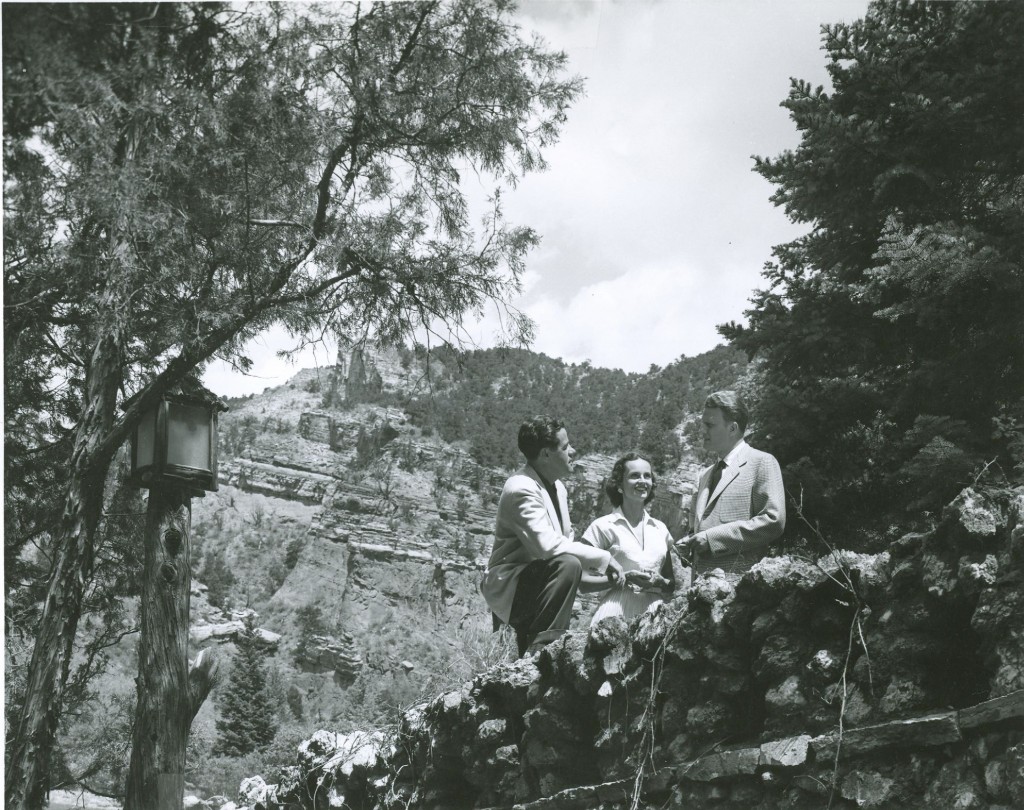
When Bill Bright came to California from Oklahoma he needed a place to stay. A friend recommended that he stay in the home of Dawson Trotman and his wife, Lila, since they commonly had sailors and students over at their home. So Bill Bright stayed with Dawson and Lila his first day in California. He was not a Christian and left the Trotman’s home still unconverted.
Bright tried a few business ventures that did not pan out. During this time he began attending Hollywood Presbyterian and came into contact with Henrietta Mears, mentor to Trotman and Graham. Bright came to faith in Christ through Mears’s ministry. Once Bright decided to venture into ministry, Mears suggested that Bright get in contact with Daws. Trotman is likely the one who encouraged Bright toward campus ministry.
Bright went to UCLA to do evangelism, conservatively estimating that it would take him a year to see substantial fruit and thereby skimping on his preparedness for discipleship ministry. After a month, 50 students had come to put faith in Christ, and Bright had no idea what to do next. He phoned Trotman, who personally loaned resources, training, and key Navigator volunteers to CCC for the first five years of Bright’s time on UCLA’s campus. CCC is actually built on the framework of Navigators methodology and uses Nav resources to this day.
What was his understanding of the local church? Did the parachurch eclipse the church either in his own practice and/or theology?
Trotman said little, but was particular about his ecclesiology: “When it is Sunday morning, I head to a local church for worship and I expect my Navs to be there too.” My read of Trotman is that he saw the local church as a marketplace where Navigators could come in, pitch their program for disciple making, and then convert pew-sitters to Navigators. In essence, the local church was a place to fish for baby Christians so that Navigators could turn them into real Christians.
As his ministry expanded to focus on follow-up to mass evangelism, did he leave behind his passion for one-on-one discipleship?
No. If anything, he kept trying to say no to mass-evangelism so that he could ensure that Navigators were free to focus on one-on-one. He quit BGEA in 1953 to do just that. At that time he noticed that Navigators had become the official follow-up ministry arm of BGEA, CCC, Young Life, and Wycliffe. Instead of doing disciple making, Navigators were spending all their time teaching others to do disciple making. Thus, the 1953 decision.
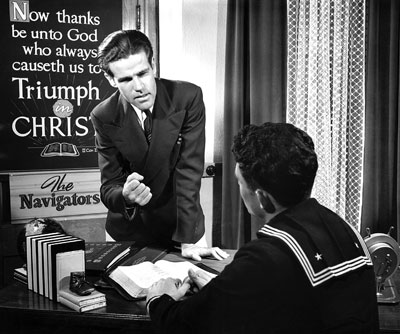
What do you take to be the lasting effect and influence of Dawson Trotman in evangelicalism and in the church?
Anyone who uses the term “disciple” as a verb and not as a noun is testifying to the lasting influence of Trotman. Disciple is nowhere defined as a verb, and yet churches, universities, writers, bloggers, and pastors will use the term as a verb. This verb usage of disciple communicates the pervasiveness of an understanding of discipleship, not as a spirituality for Christians, but as an intentional process of one-on-one mentoring towards the goal of spiritual growth. That evangelicals tend to talk and think and minister in these terms is a direct reflection of Trotman’s effect on the local church and the evangelical movement.













